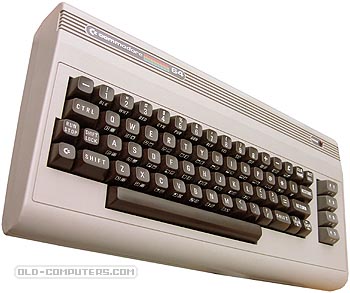
Sunday night, Feb. 9, 2020
My first exposure to RTTY was when I was about 14 years old. My best friend and I were into CB radio at the time, and we heard that a ham operator lived about a block away from Scott’s house.
Tom had been licensed 15 to 20 years at this time. He was an engineer who worked for state government. He invited us in after the appropriate phone calls were made by Scott’s mother.
Tom’s basement was what most people would consider a marvel of 1960s/70s ham radio technology. Tom ran Collins gear, and one of the most fascinating things he had was an RTTY station.
This wasn’t a whiz-bang transistorized deal, but he homebrewed his interface and modified a pulled-from-service teletype machine. There was a lot of RTTY being run daily at the time, and he showed us how it worked. It was amazing to watch and hear the mechanical printer begin to run, printing teletype line-by-line.
The magic of his demonstration never wore off on me. When I got my ticket 10 years later, I hoped one day to get into RTTY for myself.

Within a year of getting my ticket, I had upgraded to Advanced Class. I had a Commodore 64 at the time, and I scrimped and saved until I could afford to buy an RTTY interface for it. By this time, my main rig was a Yaesu FT-757GX, and it took some time for me to get it setup correctly, once it was it worked great. There was no built-in logging to go with the simple terminal software, but it didn’t matter — deedle-deedle-deedle transmissions were where it was at.
I operated a series of RTTY events, subscribed to a national RTTY newsletter, and had a great time operating for several years. But that operating ended after a nearby lightning strike induced enough voltage to somehow damage my C-64. That ended (temporarily) my love affair with RTTY.
I later used an MFJ interface and used it with a PC to operate more RTTY. Life, kids, jobs, and “stuff” kept me out of the shack for several years, and I lost track of RTTY operating. Of course, new modes like PSK 31 and other modes were beginning to dominate the airwaves too.
I purchased my Yaesu FT2000 in 2008 from an engineer in Virginia who included the matching speaker and DMU for all one money. I eventually added a Signalink USB, and have operated PSK, Olivia and RTTY on occasion ever since, included a few RTTY contests.
CQ WPX RTTY! Friday night I fired up my FT-950 with the Signalink and thought I would tune around for something to monitor. The 80 meter band was packed with RTTY signals — what gives?? The CQ WW Prefix RTTY contest, that’s what.
I monitored a string of contest QSOs and decided to join the fray. Operating intermittently, I made more than 100 Qs on RTTY.
Changing bands was a breeze with my new tuner — it took only seconds to change the tuner settings and dial it in. The only issue I ran into was that I couldn’t find my N3FJP password list, and I couldn’t install the WPX contest software without my password. I was operating FLDIGI, which has a built-in logging function. I don’t think it can check dupes, however (or if it can I just haven’t figure out how to do so). But for my casual contesting, manual checks for dupes was not a real problem.
I didn’t work any real DX of note, but I sure had fun making contacts. This was the first contest I have operated (other than Field Day) in quite some time. I’m going to have to find my N3FJP password list so I can update my contest software, I wouldn’t mind operating another RTTY contest this winter. According to the internet, there are several contests coming in the next few months.
73 es CUL … de KY4Z SK SK …. (dit dit) …
